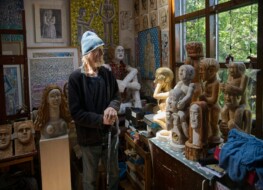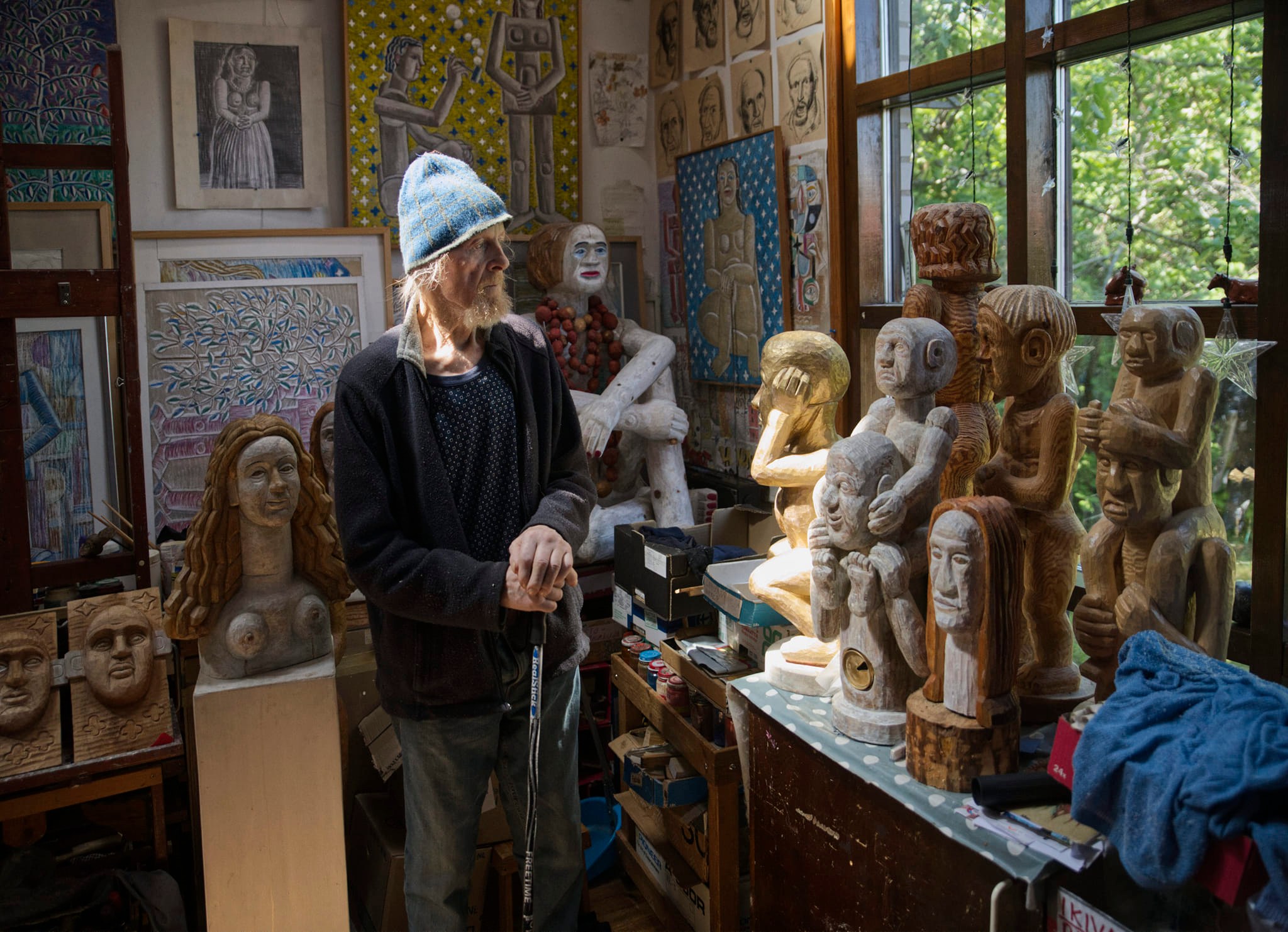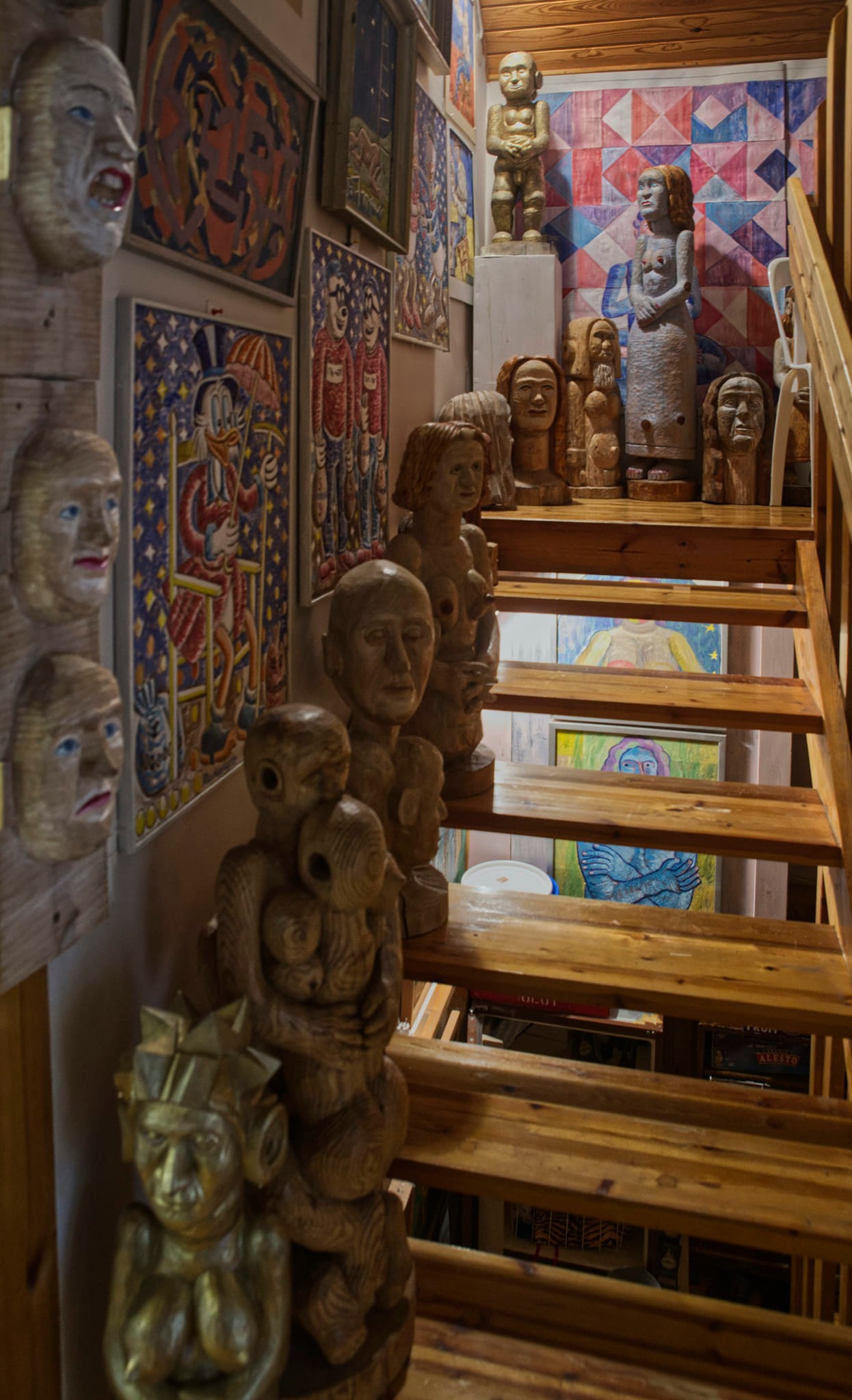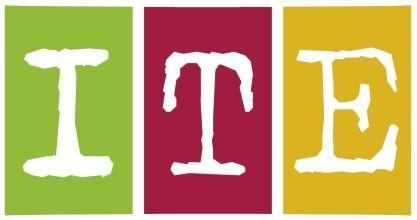
Heikki Meriläinen
Hanko (1938)
Heikki Meriläinen now lives in Hanko but was born in the wilderness of Tuupovaara in Eastern Finland. He is of the generation that was born during WWII and his life has consequently been characterised by huge technological and industrial developments.
Meriläinen grew up in a warm farming community run by women during the war. During his childhood, everyday life did not involve much arts or dancing, but a painting pulled from the bag of a travelling salesman made a lasting impression on the young Heikki Meriläinen.
As an adult, Meriläinen taught himself how to make art at Unto Pusa’s correspondence school. He also studied to become a skilled building draughtsman and a master builder, and eventually moved to Hanko to build villas as well as a home for his family that even had a studio. Now his bright, beautiful house and garden are filled with wooden sculptures, paintings and drawings.
Meriläinen’s works combine craftsmanship and an aesthetic eye with his love for wood, the forest and his hometown. Horse-drawn log sleds, the wind in ancient pine trees and the Plough shining brightly in the sky are recurring themes in Meriläinen’s works and can be found blended with hints of cubism, a familiar feature in works by Pusa’s contemporaries, and, later, happily merged with pop culture and Disney’s Scrooge McDuck and Beagle Boys.
Meriläinen is a founding member of the Hanko artists’ association. However, he ended up ostracised by the art community and did not receive the appreciation that his artistic talent undoubtedly deserved.
His wooden sculptures have a unique expressiveness as well as a primitive geometry, which evoke statues in churches in the wilderness, the repetition of the female form of the fertile and endless, forest-like mercy.
An incredible part of Finnish lifestyle and outstanding landscapes, now lost, have been recorded in Heikki Meriläinen’s sculptures, paintings and drawings; decades of enormous changes in technology and lifestyle are expressed in varied and layered forms in his works. Nevertheless, the works retain a timeless and permanent character that remains the same, grows, and even becomes brighter.
The spirit of Aleksis Kivi and the Seven Brothers are strongly present in Meriläinen’s works. “He, too, had a hard life,” says Meriläinen, who can relate to Kivi.
Let down by artists’ circles and other people, Meriläinen[A1] is spending the last years of his life curled up in his home, and grief hovers over the magnificent treasure trove of artworks. There is an air of despair, and perhaps something that is repeatedly depicted in some pitch-black works in which the night briefly takes control over the bright vitality of the forest and the endless gentleness of the wooden female figures.
Text: Heini Heikkilä. Images: Veli Granö.




